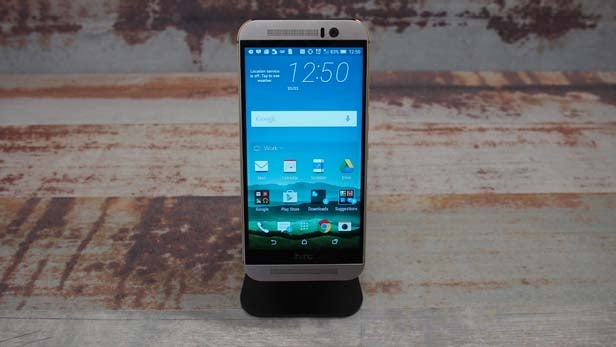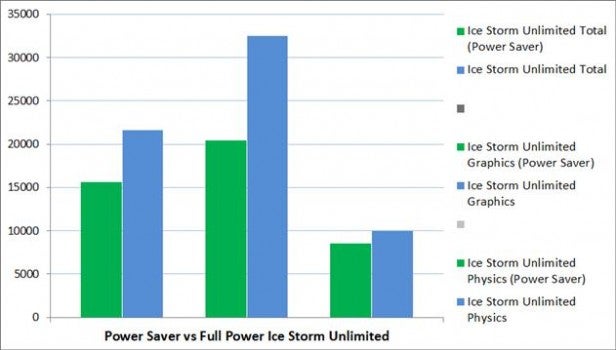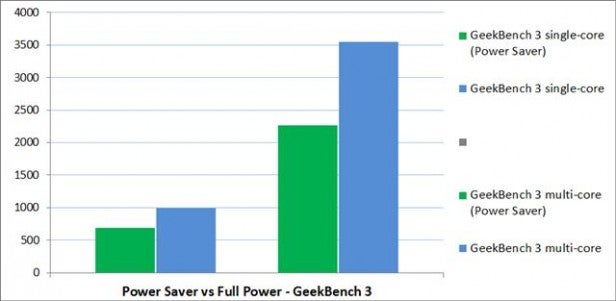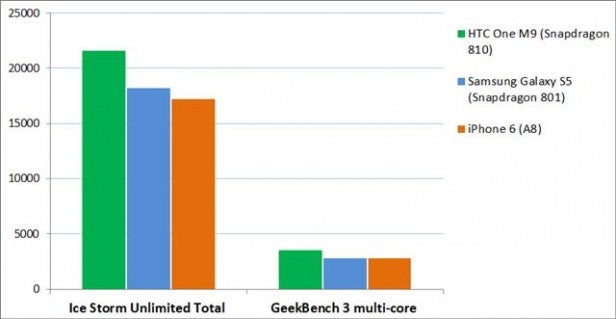HTC One M9 Review - Performance, benchmarks and gaming Review
Performance, benchmarks and gaming
Should you upgrade to HTC One M9 this year? Here's our verdict

Sections
- Page 1 HTC One M9 Review
- Page 2 Screen and Speakers Review
- Page 3 Performance, benchmarks and gaming Review
- Page 4 Sense 7, Apps and Connectivity Review
- Page 5 Camera Review
- Page 6 Battery Life, Call Quality and Verdict Review
HTC One M9: Performance
Qualcomm Snapdragon 810 octa-core; 3GB RAM
Qualcomm’s 800-series processors dominated 2014 flagships, and with good reason. The Galaxy S5, HTC One M8 and Sony Xperia Z3 all packed a serious wallop and made mincemeat of intense 3D games and processor-hungry HD video conversion.
The 64-bit octa-core Snapdragon 810 the One M9 totes is Qualcomm’s latest and greatest and provides twice the number of cores of the M8’s 801. Twice the power, then? It doesn’t quite work that way, I’m afraid.
READ MORE: Octa-core vs Quad-core
The Snapdragon 810 uses ARM’s big.LITTLE architecture. This let’s a low-powered 1.55GHz quad-core processor be paired with another, more powerful, 1.96GHz quad-core processor on the same chipset. The benefits of this aren’t just about increasing power – last-gen quad-core processors are already powerful – it’s about energy efficiency.
D illustration of a mobile processor chipset with labeled components.” width=”300″ height=”169″ />
Most of the common tasks your smartphone does – make calls, send texts, collect sensor data, listen to music and browse the web – don’t need much power. Using a mighty processor for these is overkill, and uses more of the battery than it should. That’s where the LITTLE quad-core comes into play. It takes care of all those smaller, daily, tasks in a more energy efficient way, thereby conserving power. It also means that HTC no longer needs the co-processor that handled all the sensor data on the M9’s predecessor.
The processor is restricted in Power Saver mode. This means that the HTC One M9 performs differently depending on how much juice you’re willing to sacrifice.
Let’s leave the benefits to the HTC One M9’s battery life to one side for a moment and focus on its performance. As you can expect the Snapdragon 810 and 3GB RAM helps the One M9 fly through common tasks like flicking through menus, opening apps and browsing the web, regardless of which quad is being used.
HTC One M9: Gaming
What about gaming performance, though. Can that big processor and Adreno 430 GPU shift polygons at speed?
We tested the HTC One M9 with some of the most demanding games on Google Play.
Intense 3D racers like Asphalt and Real Racing 3 run like a dream – we didn’t experience a single frame drop, unlike the One M8 where we have had a few. A couple of frames were dropped during Riptide 2, but not enough to affect the experience negatively.
One thing we did note is that the back of the One M9 gets toasty after a prolonged gaming session, something that’s made worse by charging the phone at the same time. The good thing is that no matter how long we played we never got an overheating warning message, something that happened several times while we were reviewing the Snapdragon 810-packing LG G Flex 2.
HTC One M9: Benchmarks
Now to the numbers. We ran our usual gamut of benchmarks and came up with some interesting results. With Power Saver turned on the One M9 scores 15,602 in 3DMark’s Ice Storm Unlimited, but this jumps to 21,625 with Power Saver turned off. It’s a similar story with GeekBench 3. Here the multi-core scores comes out to 2,268 and 3,545 respectively, while the results are a lot closer on Epic Citadel with Power Saver coming in just two frames per second below full power’s 59.5fps.


We won’t compare these figures to the One M8, which 3DMark banned for gaming the system. HTC’s previous flagship would optimise processor performance when it recognised a benchmark was being run, but we have no reason to suspect the One M9 of this. The benchmark scores match what we expect to see from a phone using Qualcomm’s Snapdragon 810 chipset.

What we’ve done instead is compare the One M9 to the Samsung Galaxy S5 – a phone with a similar Snapdragon 801 processor to the M8. HTC’s latest phone is around 20-25% faster than the Galaxy S5. We’ve not benchmarked the Galaxy S6 but leaked results look like its octa-core Exynos processor is even speedier than the Snapdragon 810.
How we test phones
We test every mobile phone we review thoroughly. We use industry standard tests to compare features properly and we use the phone as our main device over the review period. We’ll always tell you what we find and we never, ever, accept money to review a product.


